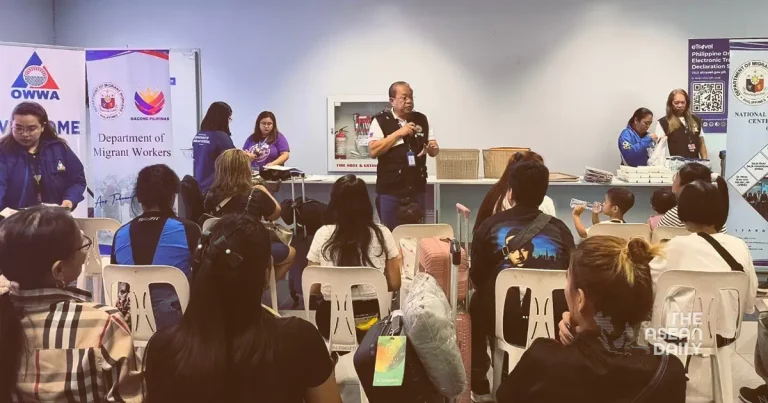19-8-2024 (MANILA) As tensions escalate between Lebanon and Israel, the Philippine government has initiated a voluntary repatriation programme for its citizens in the region. The Department of Migrant Workers (DMW) reports that at least 45 overseas Filipinos in Lebanon are slated to return home this week, joining 15 others who were repatriated over the weekend.
DMW Secretary Hans Leo Cacdac announced that all returning Filipinos from Lebanon will receive a financial aid package of P100,000 (approximately £1,400) from the DMW and the Overseas Workers Welfare Administration. This support aims to ease the transition for those choosing to leave amidst the uncertain political climate.
“Fortunately, no Filipinos are residing directly on the border between southern Lebanon and northern Israel,” Cacdac stated in a TeleRadyo Serbisyo interview. “However, we have several hundred compatriots living in southern Lebanese cities.”
The Filipino community in Lebanon currently numbers around 11,300, with the majority concentrated in or near the capital, Beirut. The voluntary repatriation effort began in October 2023, following a large-scale attack by the Islamist militant group Hamas on Israel on 7 October.
In preparation for potential escalation, the Philippine Embassy in Lebanon has outlined evacuation routes should the situation deteriorate to Alert Level 4, which would trigger mandatory repatriation. Various agencies in the Philippines stand ready to provide comprehensive assistance, including onsite support, repatriation services, and arrival aid for returning nationals.
The ongoing cross-border conflict between Lebanon and Israel has exacted a heavy toll. According to AFP figures, 580 people in Lebanon have lost their lives, including at least 128 civilians, with the majority being Hezbollah fighters. On the Israeli side, including the annexed Golan Heights, 22 soldiers and 26 civilians have perished, as reported by the Israeli army.
This current strife evokes memories of the 2006 war between Hezbollah and Israel, underlining the region’s persistent volatility.




